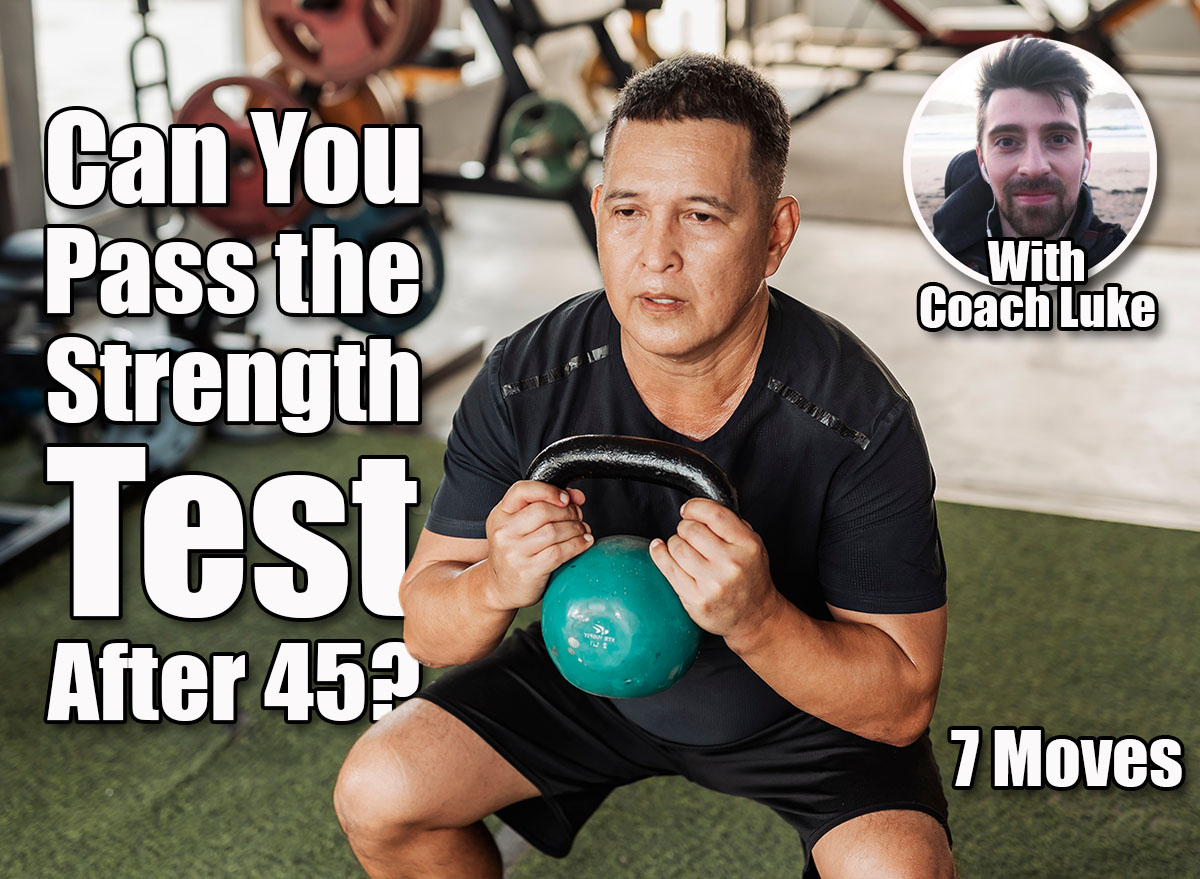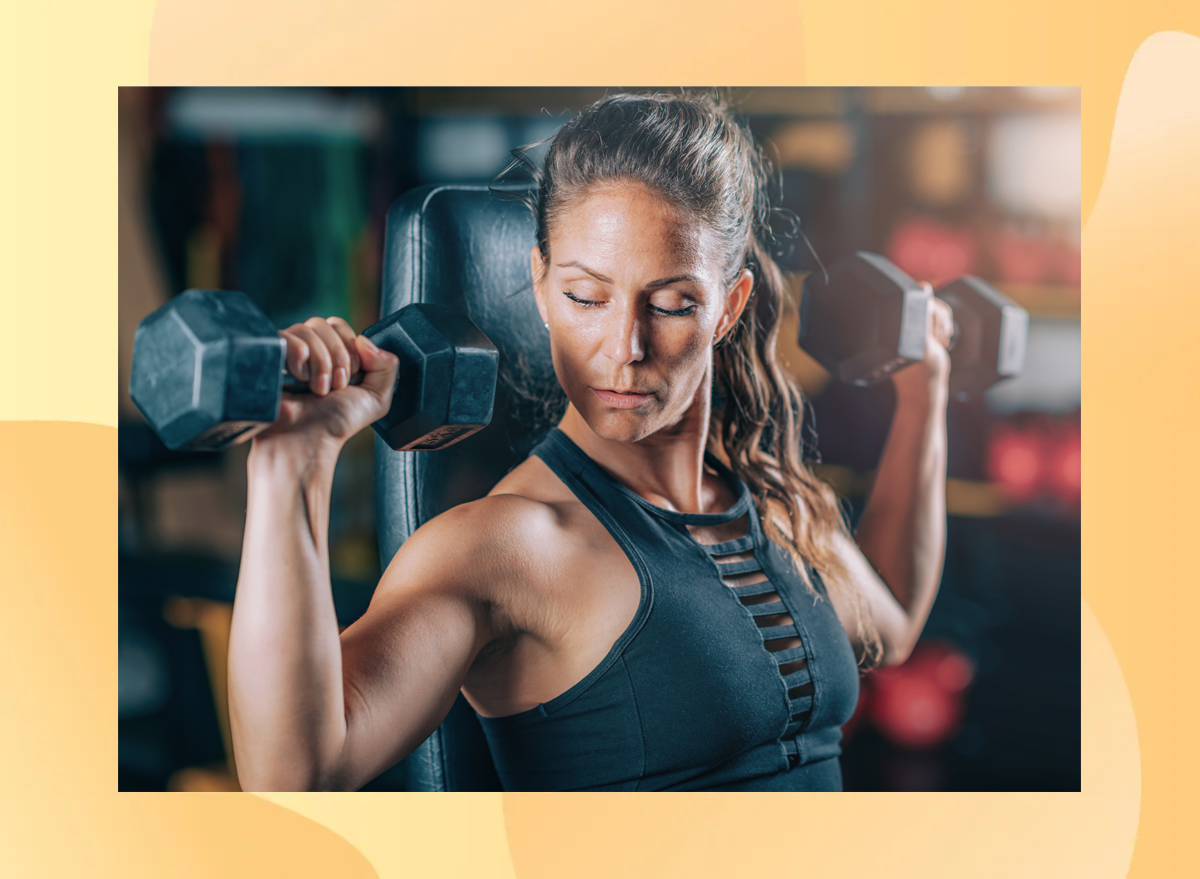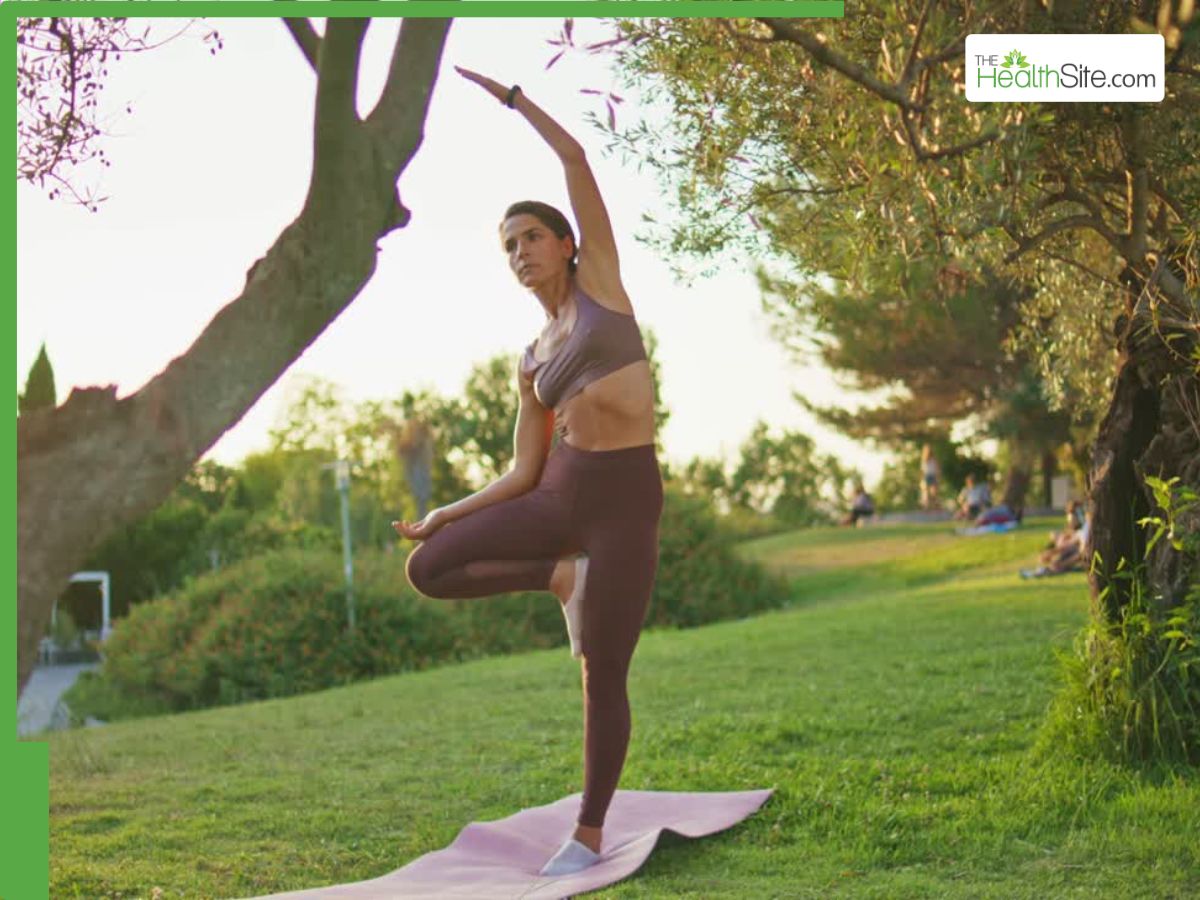There are several telltale signs that your body is still strong and youthful, even after you hit 45. For instance, can you perform a deep squat without pain? Are you able to seamlessly get up from the floor without using furniture for support? Strength, balance, range of motion, and coordination are key indicators of how well your body is aging, says Kai Zimmer, lead trainer at Fred Fitness.
Resistance training is especially important as you enter your 40s, “because muscle is your lifelong insurance plan.” Kai points out, “Strength training slams the brakes on [sarcopenia]. It keeps your metabolism humming, supports your joints, prevents injury, and honestly, just keeps you feeling powerful and in control of your body. It’s about aging with vitality, not fragility.”
Not only that, but according to Luke Jones, certified personal trainer at HERO Movement, “[Strength training keeps] us more resilient, more independent, and better equipped for everyday life. Beyond building the muscles themselves, it supports the joints, posture, bone density, and even brain health.”
Below, Kai and Luke outline seven strength moves that prove your body is young and capable. Each exercise addresses a pillar of functional movement—pull, push, hinge, lunge, squat, and carry—while testing control and strength.
7 Moves That Prove You’re Still Strong After 45
Goblet Squats


“If you can squat deeply and smoothly, it’s a sign of good baseline mobility and strength,” says Luke.
- Stand tall with your feet just outside hip-width and toes turned out just a bit.
- Hold a kettlebell or dumbbell vertically at chest height.
- Engage your core as you lower into a squat, descending until your hips become lower than parallel.
- Press through your heels to return to standing.
Pushups


Pushups put your core control and upper-body strength to the test.
- Begin in a high plank with your hands under your shoulders, keeping your body straight.
- Bend your elbows and lower your chest toward the floor.
- Press through your hands to rise back up.
Deadlifts (Dumbbell or Barbell)


Deadlifts signal posterior chain strength.
- Stand tall with your feet placed hip-distance apart and a barbell positioned over your midfoot.
- Hinge at the hips and take hold of the bar just outside knee-width.
- Keep your back flat, chest tall, and shoulders slightly ahead of the bar.
- Drive through both heels to lift the bar, simultaneously extending your knees and hips.
- Stand tall at the top of the movement.
Step-up With Knee Drive


This exercise blends coordination, leg strength, and balance.
- Stand tall, holding a dumbbell in each hand at the sides of your body, maintaining a firm grip.
- Stand in front of a sturdy box or bench that’s knee-level.
- Step your left foot onto the surface, press through that heel to assume a standing position, driving your right knee up.
- Use control to step down, and repeat on the same leg or alternate.
Plank Rows


Plank rows address upper body and core stability while training anti-rotation strength.
- Assume a high plank, holding a dumbbell in each hand.
- Maintain a tight core and straight body.
- Row the left dumbbell toward your ribs, keeping your elbow close to the side of your body.
- Use control to lower the dumbbell.
- Repeat on the right side, continuing to alternate.
Overhead Presses


Overhead presses improve posture, shoulder health, and upper-body power.
- Stand tall with your feet shoulder-width apart.
- Hold a dumbbell in each hand at shoulder level, palms facing inward.
- Press the weights overhead, extending your arms.
- Use control as you lower the weights to shoulder level.
Suitcase Carry


“[For this exercise,] you can mix up the weights and distances—light and far, heavy and short, and everything in between,” Luke tells us. “Simple, but brilliant for testing real-world strength: grip, core, posture, and anti-rotation control. Bonus points if you can maintain a steady pace, marching with high knees without tipping sideways.”
- Stand tall, holding a heavy kettlebell or dumbbell in one hand at your side.
- Begin to walk forward in a straight line, making sure the weight stays close to your body.
- Maintain a strong core so you don’t lean to the side the weight is being held.
- Switch sides.














Leave a Reply